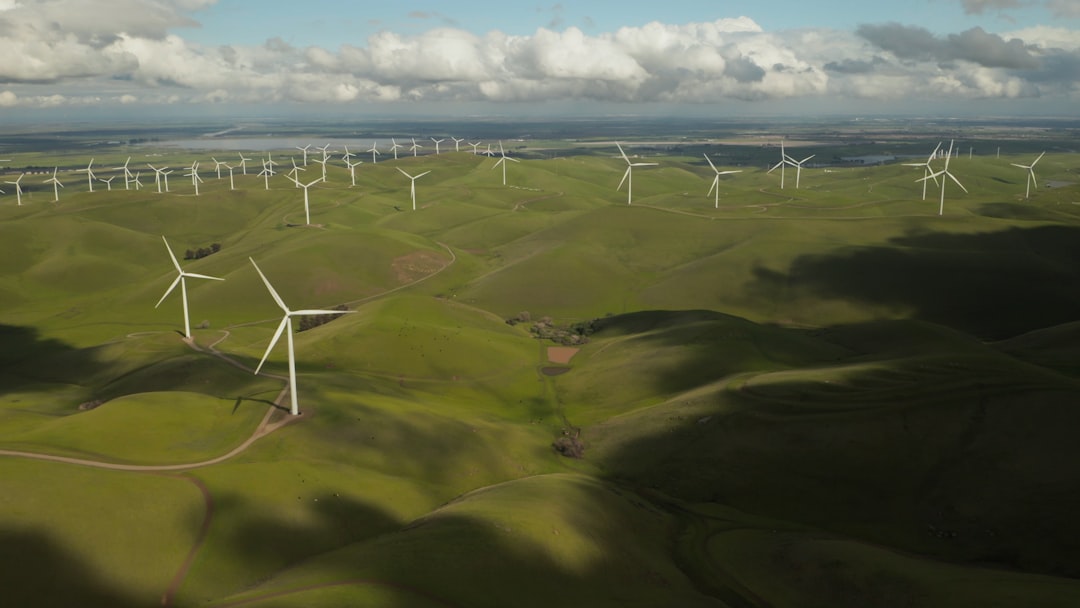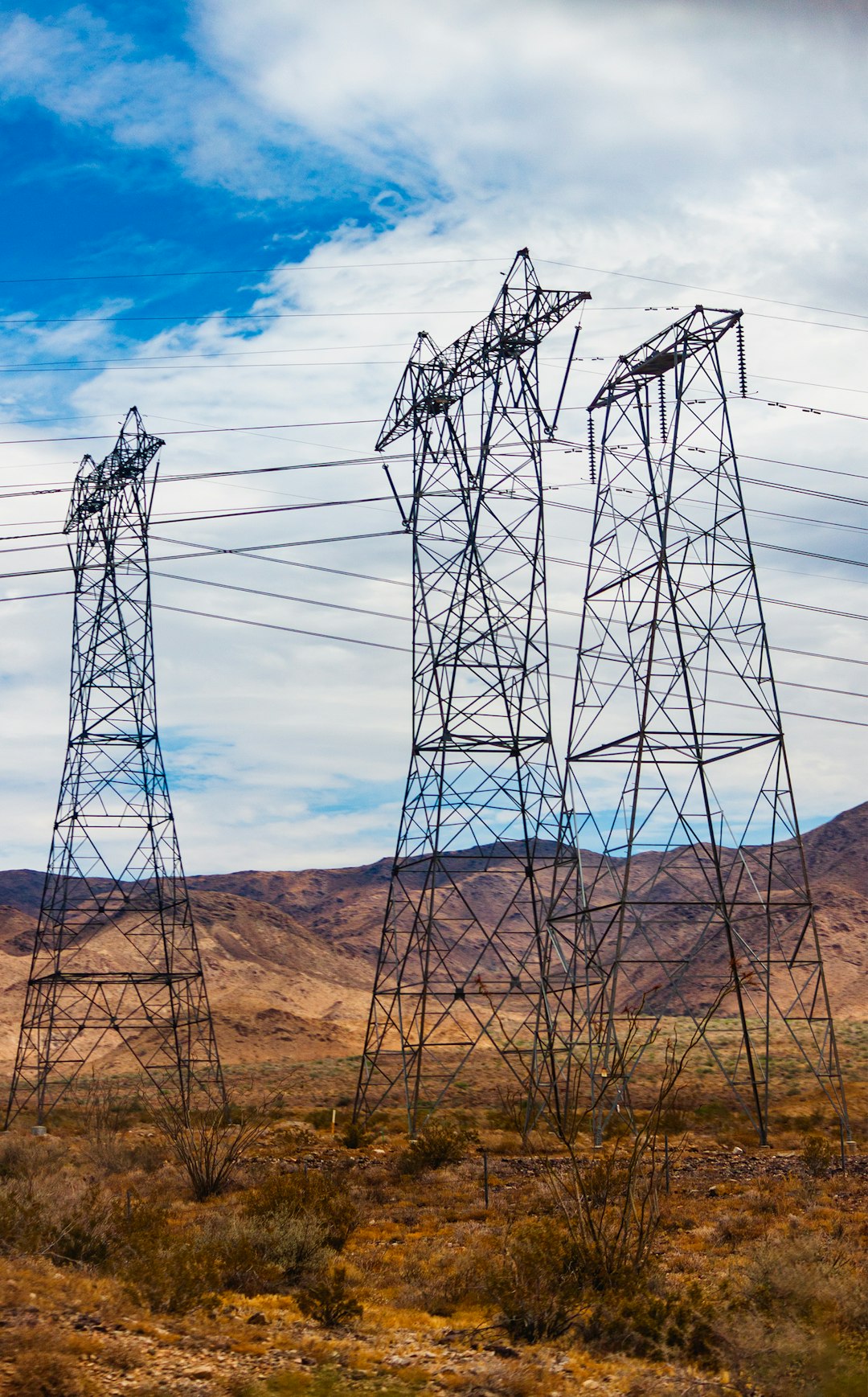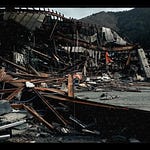I have been thinking a lot about how unstable the electrical grid is. Everything I am reading and hearing when I talk to experts is America needs a massive overhaul of our antiquated electric infrastructure. The overhaul will not be cheap industry experts say it requires more than $2 trillion. The current network of transmission wires, substations, and transformers is decaying with age and underinvestment, a condition highlighted by catastrophic failures during increasingly frequent and severe weather events.

According to a Reuters examination of federal data, power outages over the last six years have more than doubled compared to the previous six years. In the past two years, power systems have collapsed in Gulf Coast hurricanes, West Coast wildfires, Midwest heat waves, and a Texas deep freeze, causing prolonged and sometimes deadly outages.
The central and upper Midwest, Texas, and Southern California face an increased risk of power outages this summer from extreme heat, wildfires, and extended drought, the nation’s grid monitor, warned yesterday.
In a dire new assessment, the North American Electric Reliability Corp. (NERC) described regions of the country pushed closer than ever toward energy emergencies by a combination of climate change impacts and a transition from traditional fossil fuel generators to carbon-free renewable power.
NERC’s analysis examined the potential punch of extreme weather, which may wreak havoc on everything from reduced hydropower to transmission lines brought down by wildfires. Grid operators are increasingly relying on intermittent resources like wind and solar as coal units retire and the reliability and emissions of gas resources come under scrutiny. How the summer unfolds also may have political ramifications, as it could affect public support for President Joe Biden’s push to decarbonize the U.S. grid by 2035.
The NERC report also highlighted an increased, urgent hazard to grid operations from the electronic controls that link wind and solar farms to high-voltage grid networks. The devices, called power inverters, must be programmed to “ride through” short-term disturbances, such as the loss of a large power plant or high-voltage line, but too often, they are not. According to the report, Those that shut down compound stress on the grid.
The NERC cited incidents in May and June last year when the Texas system was hit with widespread solar farm shutdowns, followed by similar outages in California between June and August. The unexpected events disrupted traditional power plants, interfered with grid recovery operations, and caused some outages of customer-owned power units.
The report warned that inverter disruption is one of the most dangerous things on the bulk power system. They state that grid operators can be surprised by the outages when the finely balanced systems are already dealing with instability.

Highlighting the most serious regional threats, the report said:
The Midcontinent Independent System Operator (MISO), grid manager and energy market operator in the central Midwest, “faces a capacity shortfall in its North and Central areas, resulting in high risk of energy emergencies during peak summer conditions.”
“More extreme temperatures, higher generation outages, or low wind conditions expose the MISO North and Central areas to higher risk of temporary operator-initiated load shedding to maintain system reliability,” the report said of the MISO region, which runs from Canada’s Manitoba province to Louisiana.
“An elevated risk of energy emergencies persists” across the West this summer “as dry hydrological conditions threaten the availability of hydroelectric energy for transfer.” The report said that nearly 3,400 megawatts of new resources are available as scheduled this summer, and California should be able to meet peak power demands this summer. But a repeat of the heat dome that scorched the entire West in 2019 could threaten the availability of imported power that the state depends on, causing energy emergencies.
In Texas, a “combination of extreme peak demand, low wind, and high outage rates from thermal generators could require system operators to use emergency procedures, up to and including temporary manual load shedding.” Delays in completing new transmission lines now underway “may contribute to localized reliability concerns.”
The report said that drought conditions in the Missouri River Basin might affect gas, coal, or nuclear plants in the Southwest Power Pool that rely on the river for cooling water supplies.
It added that some coal-fired power plant owners have difficulty arranging fuel deliveries because of mine closings, rail shipping interruptions, and increased coal exports.
The report warned of threats from Western wildfires, where dry weather raises the risk of ignition and smoke from blazes can diminish output from a utility- and customer-owned solar panels and short circuit high-voltage power lines, as happened last year in Oregon.
On top of this, NERC reported an increased danger of potential Russian cyberattacks on the nation’s power systems in retaliation for U.S. support for Ukraine in the current conflict.
NERC raised the issue of solar power interruptions after the 2016 Blue Cut Fire in Southern California. The wildfire triggered short circuits in transmission lines, leading to voltage drops and outages at nearby solar units.
Earlier this year, California officials described conditions that could occur this summer — including potential blackouts because of power supply shortages. Among the times with high risks: are the early evening when solar power goes away and the month of September.
MISO officials have agreed with NERC’s cautions about the strains on the region’s power supplies.
MISO is facing increased coal, natural gas, and nuclear generation retirements, leading to an inadequate response last month as it lined up power reserves to create a cushion against system disruptions and unexpectedly heavy power demand.
The region enters the summer 1,230 MW short of meeting its planning reserve margin.
For emergency managers, stand by for power outages, and it looks like help is not coming soon.
References:
https://www.reuters.com/investigates/special-report/usa-renewables-electric-grid/
https://www.nerc.com/pa/RAPA/ra/Reliability%20Assessments%20DL/NERC_SRA_2022.pdf
https://www.wsj.com/articles/americas-power-grid-is-increasingly-unreliable-11645196772












